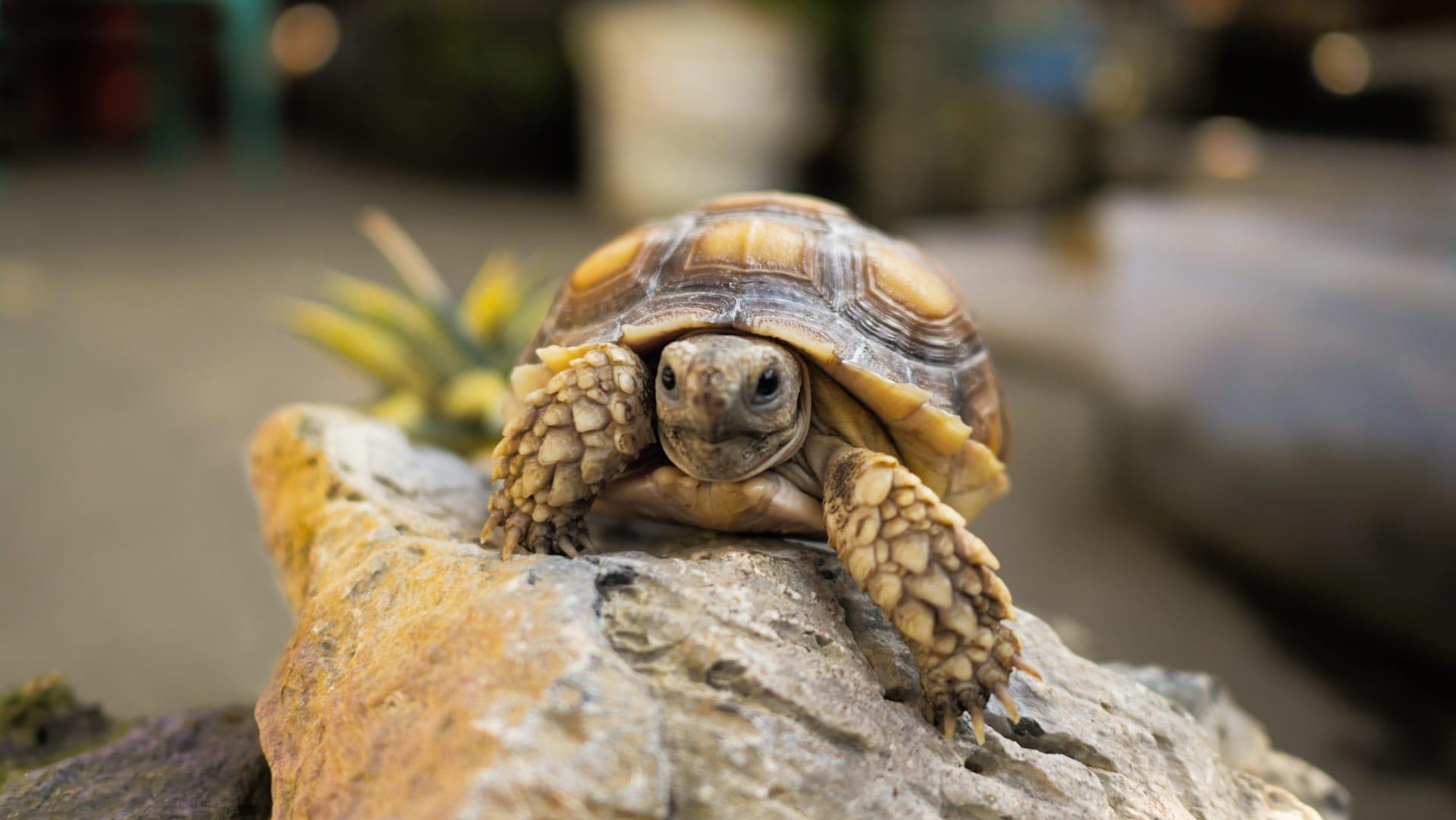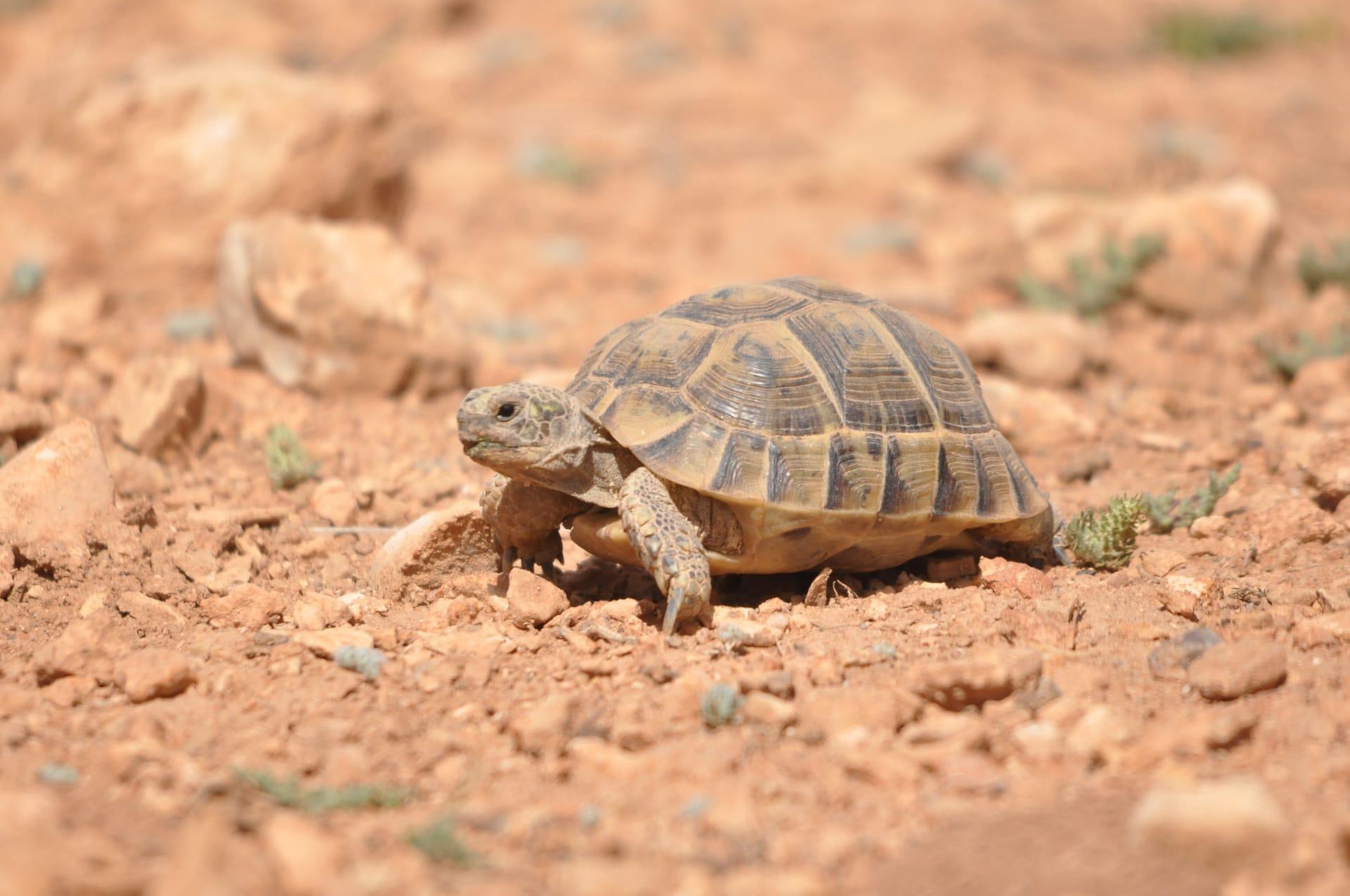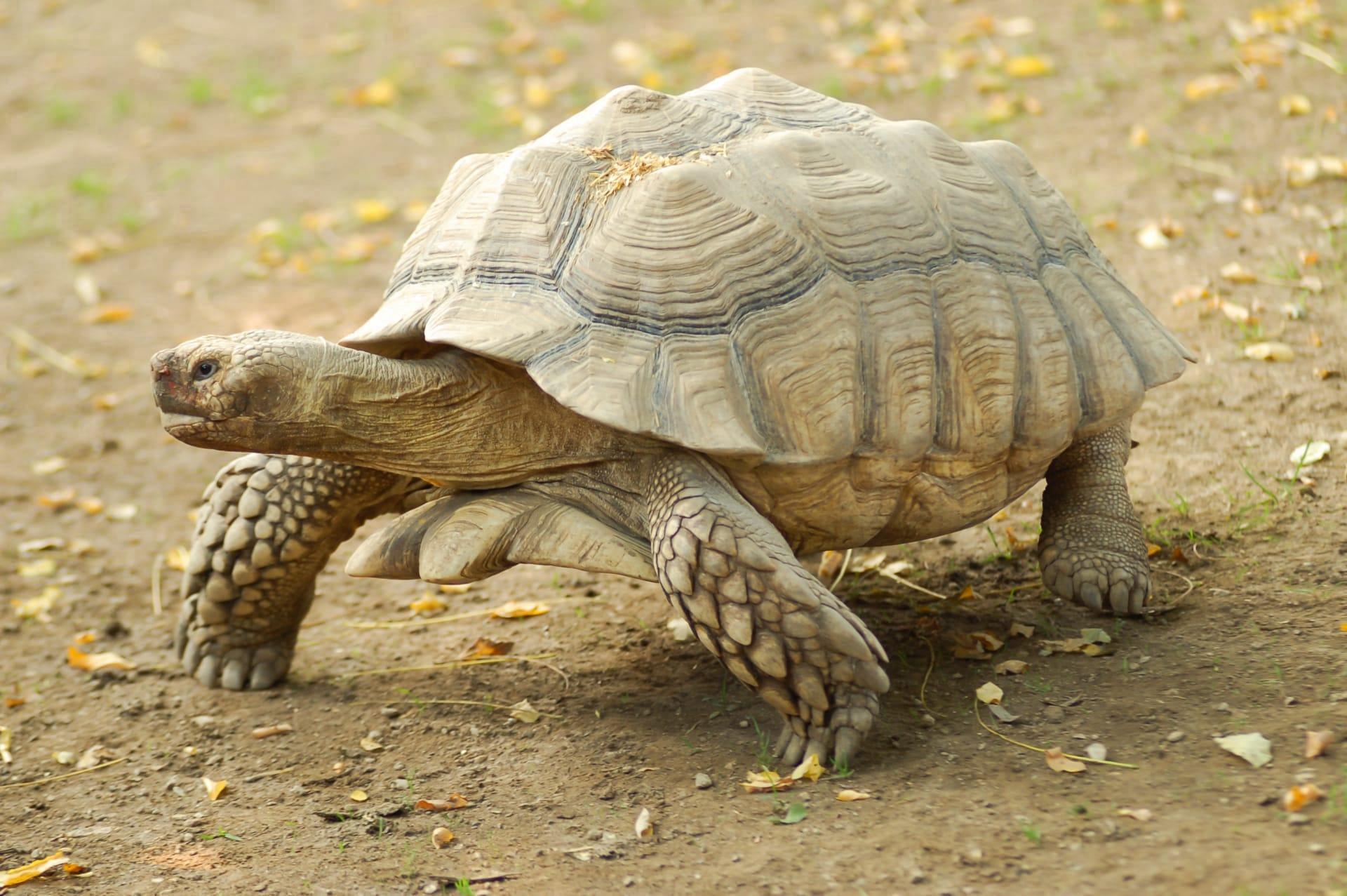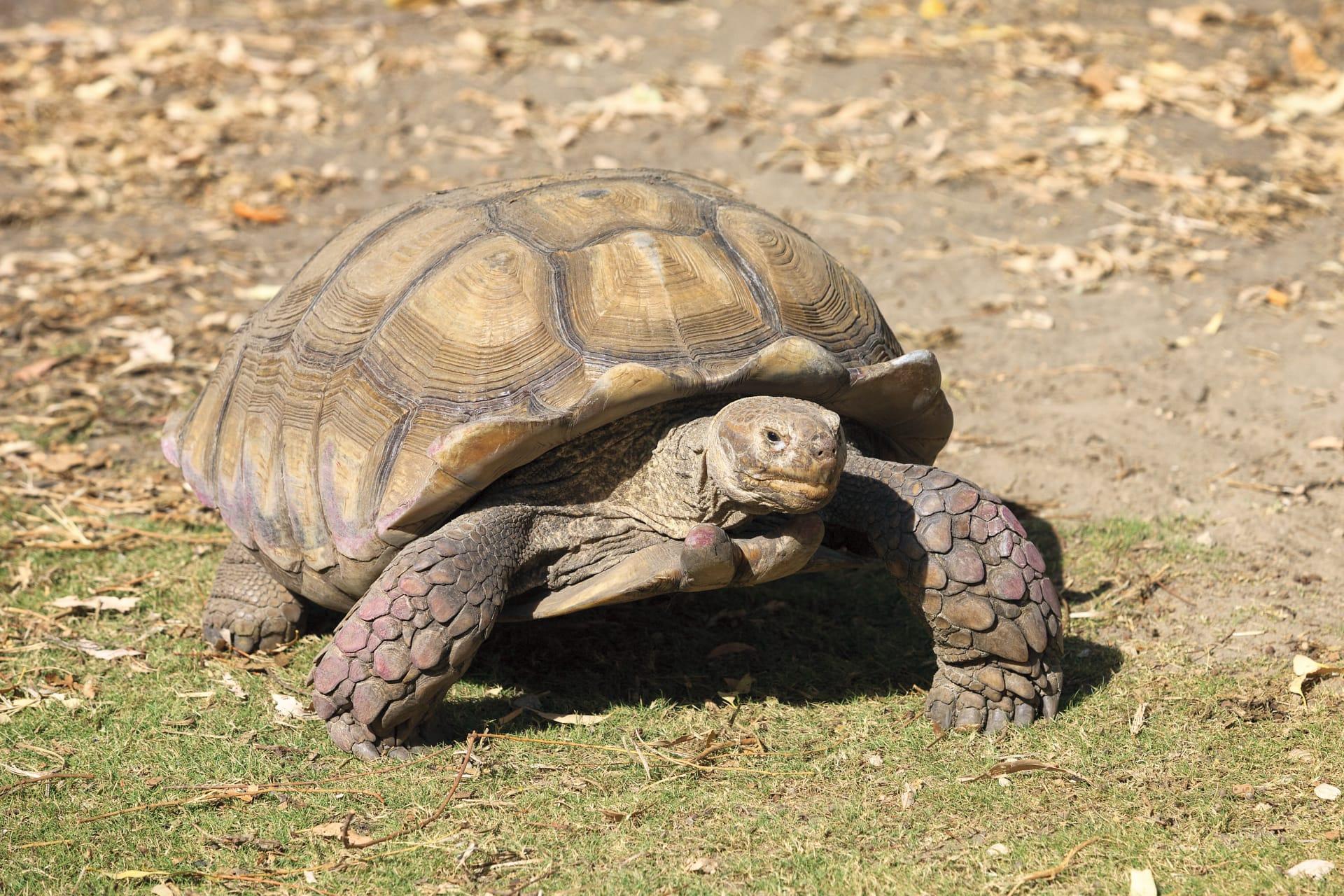Desert Tortoise
- Home /
- Mini Encyclopedia /
- Animal /
- Desert Tortoise
1
The Desert Tortoise, scientifically known as Gopherus agassizii, belongs to the family Testudinidae. This species is a remarkable example of adaptation, having evolved specific features to thrive in arid environments. It's characterized by a high-domed shell, sturdy limbs, and a distinct pattern on its carapace. Its classification within the reptile kingdom underscores its ancient lineage and evolutionary success in challenging habitats.
Desert Tortoises are primarily found in the Mojave and Sonoran deserts of the southwestern United States and northern Mexico. Their range covers vast arid landscapes, including Nevada, California, Arizona, Utah, and parts of Mexico. These tortoises have adapted to a variety of desert habitats, from sandy flats to rocky foothills. They are notably absent from dune areas and higher mountain regions, indicating their preference for specific desert ecosystems.

2
Question: Do Desert Tortoises store water in their shells to survive the harsh desert conditions?
Answer: Contrary to popular belief, Desert Tortoises don't store water in their shells. Instead, they have a highly efficient way of conserving water. Their bladder can store over 40% of their body weight in water, which they can reabsorb when necessary. This adaptation is crucial for survival in an environment where water is scarce. They obtain most of their water from the moisture in the plants they eat and are capable of surviving long periods without direct water sources.

3
The Desert Tortoise employs several strategies to survive in its harsh desert environment. One key adaptation is its ability to dig burrows, which provide shelter from extreme temperatures and predators. These burrows can be up to 6 feet deep and are crucial for thermoregulation, allowing the tortoises to maintain a stable body temperature. Additionally, they are mostly active during cooler times of the day, such as early mornings or late afternoons, to avoid the scorching midday heat.
Another survival tactic is their diet, which is primarily composed of native grasses, wildflowers, and cacti. This diet is low in calories but high in water content, which is vital for hydration. Desert Tortoises also have a slow metabolism, which helps in conserving energy and water. This slow-paced lifestyle is a perfect adaptation to the nutrient-scarce and water-limited desert environment.

4
In the ecosystem, the Desert Tortoise plays several important roles. As a herbivore, it helps in seed dispersal, contributing to the health and spread of native vegetation. By consuming a variety of plants, they aid in maintaining the balance of plant species in their habitat. This diet choice indirectly influences the composition and structure of the desert vegetation.
Their burrowing behavior also has ecological benefits. These burrows provide habitats for other desert species, including mammals, reptiles, and invertebrates. By creating and abandoning these burrows, Desert Tortoises inadvertently assist in creating microhabitats that support biodiversity. Their presence indicates a healthy desert ecosystem, making them a keystone species in their environment.

5
Film: "The Desert Tortoise: A Natural History" is a documentary produced in the United States in 2010. It explores the life and challenges faced by the Desert Tortoise in the Mojave Desert. The film delves into their survival strategies, mating rituals, and the impact of human activities on their habitat. It's an insightful look into the delicate balance of desert ecosystems and the vital role of this species.
Book: "The Secret Life of the Desert Tortoise" by Karen K. Kirsten, published in the United States in 2015, offers an in-depth look at the behaviors and habitat of the Desert Tortoise. Kirsten combines scientific research with engaging narratives to reveal the hidden world of these creatures, emphasizing their importance in desert ecology.
Book: "Desert Tortoises: Living in the Dry Lands" by Michael Bogan, released in the UK in 2018, provides a comprehensive guide to the biology and conservation of the Desert Tortoise. Bogan's work highlights the challenges faced by this species due to climate change and habitat loss, advocating for increased conservation efforts to protect these unique reptiles.